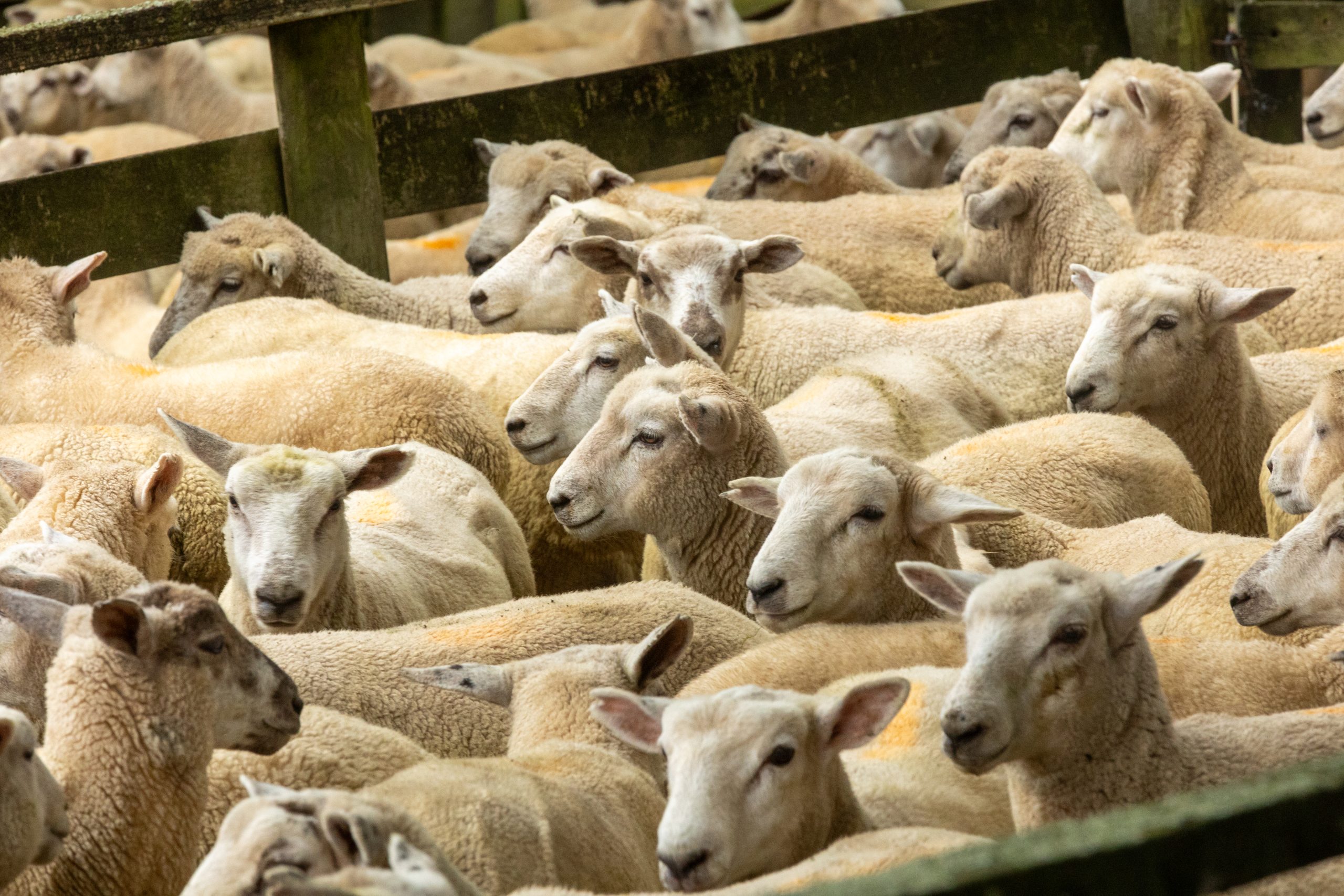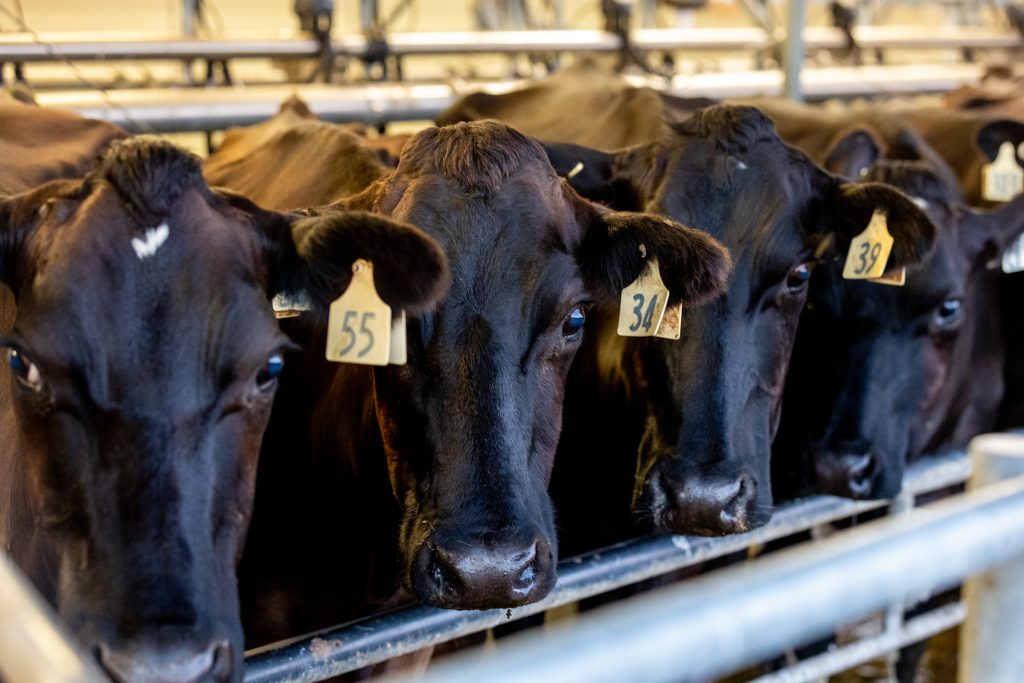
Hi, I’m Esther, the Project Manager who’s setting up the Good Farm project for Taranaki Catchment Communities. Good Farm includes a number of tools to support farm planning, and we’re releasing a new tool to help farm businesses understand and navigate regulations.
I have been told many times at the end of a presentation or workshop to a farming group, “Sure, that is all really great, but what do I need to know? Is any of that regulation?”
So as part of Good Farm, we want to help people build a solid foundation and feel confident about which activities on farms are regulated and how to meet these regulations. Don’t worry, we’re not checking your compliance, but rather we want to bring you the best information we can in an accessible way, to make sure you know what you need to know.
For some farmers, planning to meet compliance is one starting point for business planning, because ensuring that your operation is compliant reduces your business risk. For others, their goals may be well beyond the levels set by compliance. Either way, with all the new regulations and changes to existing regulation, having a clear guide on current legislation will help you have good conversations regarding regulatory decisions that affect you, your farm, and your family.
Good Farm is meeting this need by working with Perrin Ag to develop “The Good Farm Guide to Navigating Regulations.” The Guide covers most regulatory compliance requirements facing a farm business, including everything from freshwater to animal welfare to employment law. The Guide covers regulations set by your District or Regional Council, as well as central government ministries. It does not cover any compliance and audit needs from your industry body, processors or suppliers. The Guide has been updated to be relevant for Taranaki agribusinesses, with a focus on dairy, sheep and beef operations.
Due to the complexity of freshwater regulations, a significant part of the Guide covers freshwater legislation. Nevertheless, the guide is comprehensive and covers the following topics:

The Guide is divided into sections, designed for you to find just the information you need, rather than read it cover to cover. It also contains some useful graphics to add context to more complicated concepts. The Guide is not a farm plan, and does not replace your current farm plan folders, but instead complements your current and future planning.
Good Farm is also hosting three webinars to introduce the Guide and some of its content. These are being delivered by Perrin Ag. The three webinars are each 45 minute long and will be delivered live in May on the 7th, 14th and 21st. The webinars are free and each covers different topics, so come to one or to all three! All webinars will be held from 12:15 to 1pm, all attendees mics and cameras will be muted, so you can bring your lunch. The webinars will also be recorded so if the timing doesn’t suit, register anyway and a recording will be sent to your inbox.
Bring along questions, if we can’t answer them on the day (time is quite tight) we will post a Q&A blog following the webinars. Also, for people who are keen to get together for lunch and a webinar, get in touch with your local TCC catchment coordinator who can help organise a venue for everyone to gather.
Click here to register for the Webinars on the Good Farm Guide to Navigating Regulations and get a digital copy of the Good Farm Guide to Navigating Regulations.
For a hardcopy of the Good Farm Guide to Navigating Regulations go to the Good Farm Guide page on GoodFarm.nz